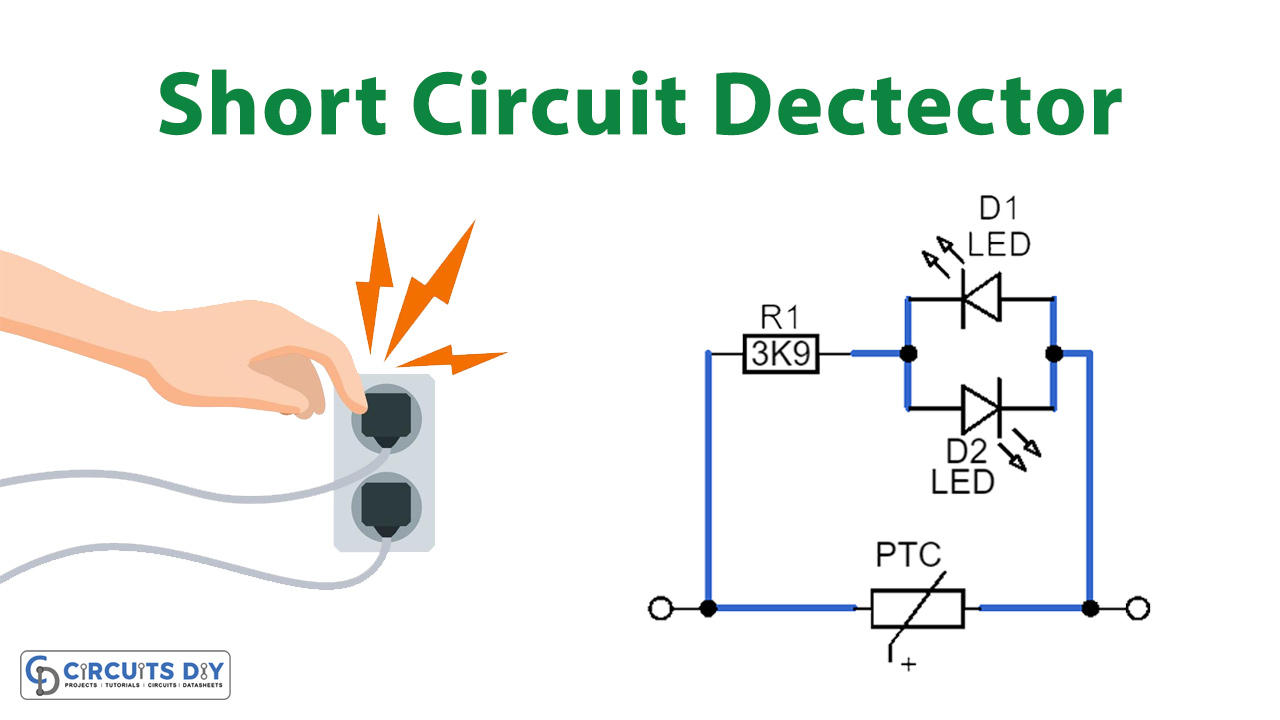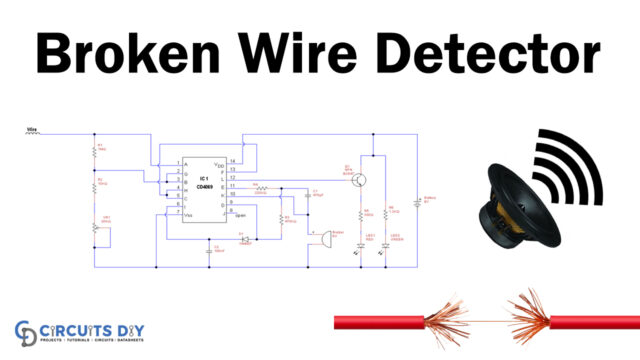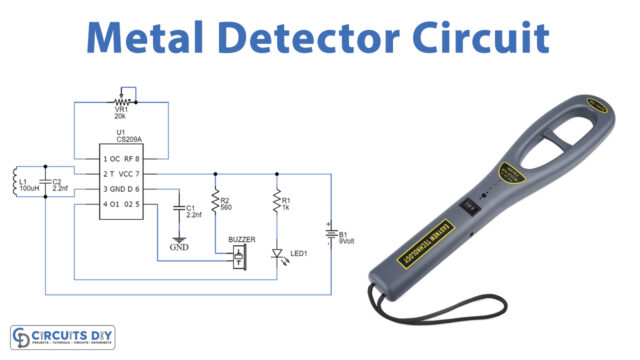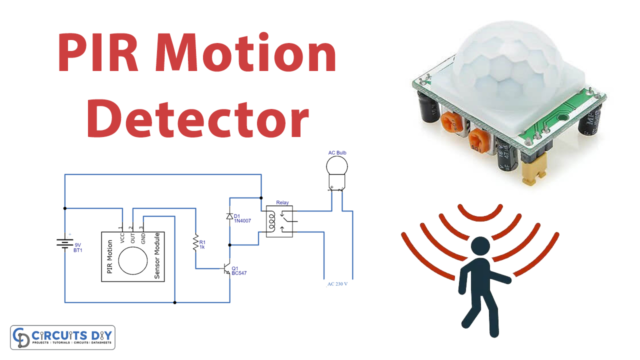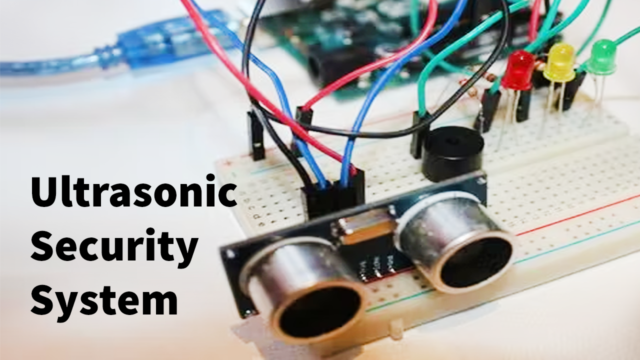Overview
This circuit serves well in scenarios requiring over-current protection. Let’s delve into a model train scenario as an illustration. Veteran model train enthusiasts understand the frustration of pinpointing short-circuit causes. On a modest model railway with a single locomotive, it’s relatively straightforward. However, on expansive layouts, all locomotives halt during a short, necessitating a sequential investigation to identify the culprit.
Segmenting the track allows us to employ this straightforward circuit, greatly simplifying troubleshooting. Each track section incorporates a multifuse (alternatively termed multiswitch, polyfuse, or polyswitch, depending on the manufacturer) in one supply line. These fuses reset and resume normal conductivity once the short is rectified, isolating only the affected section.
Other locomotives in operational sections remain unaffected, maintaining movement. The immobile locomotive typically indicates the issue, although multiple locomotives may be stationary, considering not all are in motion simultaneously. To facilitate identification, an LED indicator is connected across each multifuse, signaling the problematic section. Opting for low-current LEDs emitting intense light at minimal milliamperes is advisable for visibility.
Hardware Components
You’ll need the following hardware components to get started:
| S no | Components | Value | Qty |
|---|---|---|---|
| 1 | Diode | D1,D2 | 1 |
| 2 | PTC Thermistor | – | 1 |
| 5 | Resistors | 3.9k | 1 |
Schematic

The value of the current limiting resistor may be changed to give an acceptable LED brightness. As long as the current is small, the resistance of the multifuse is also low and there will barely be a voltage drop. At high currents the resistance increases, which causes a voltage drop across the multi-fuse that is large enough to light up the LED. As we don’t know the direction of the current flow (the train could be moving either forwards or backward and digital controls use an alternating current) we connected two LEDs in parallel with opposite polarities.
Multi-fuses are available for many different trip currents. Choose a value that is slightly higher than the maximum current consumption of a locomotive in a section. The table below shows the characteristics of several types from the MF-R series made by Bourns. (Raychem is another well-known manufacturer of poly-switches.) Ihold is the current at which the multitude still conducts normally, and Itrip is the short-circuit current.


